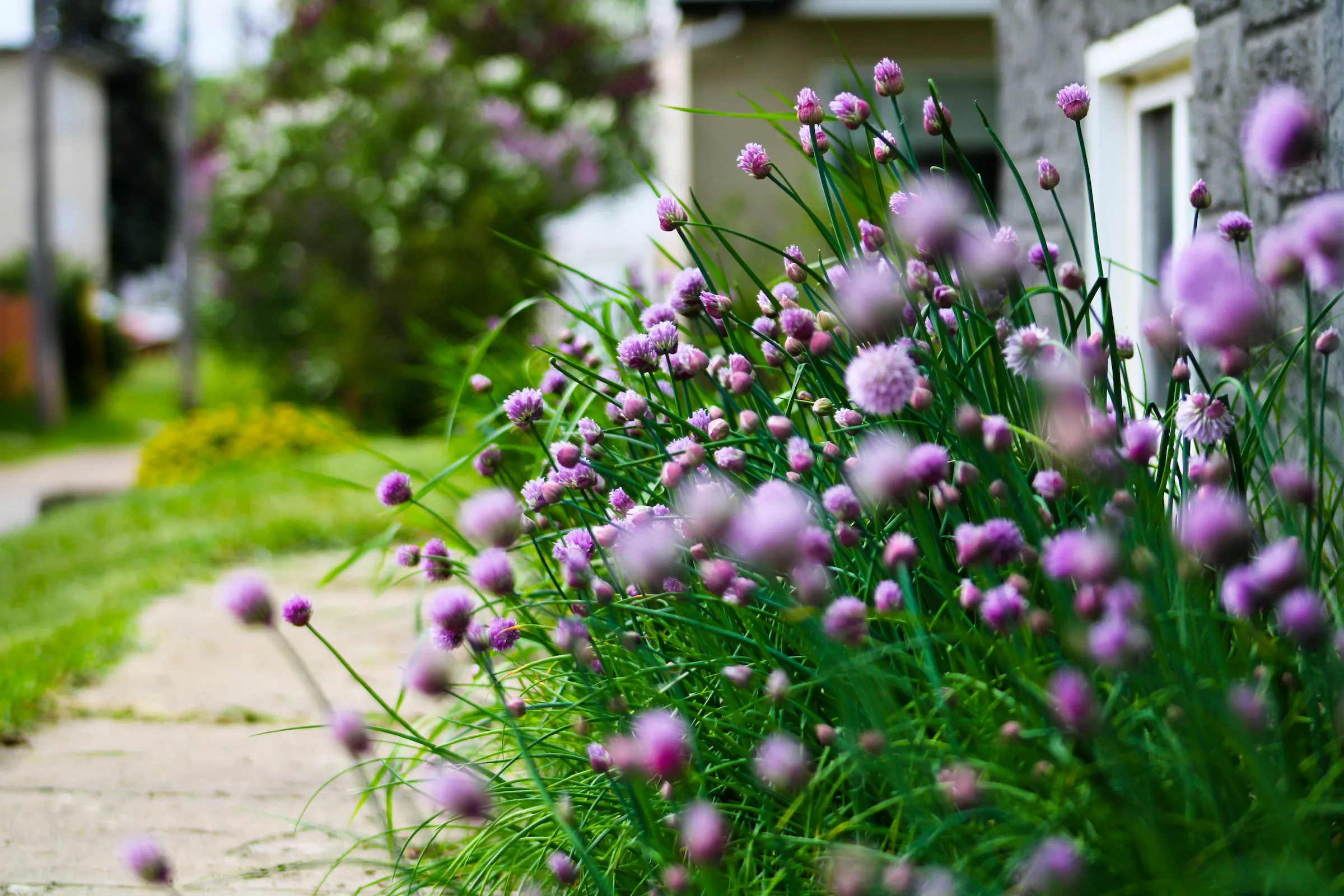Edible landscaping is a permaculture principle that involves integrating food-producing plants into your garden design, allowing you to enjoy a beautiful landscape while also reaping the benefits of fresh, homegrown produce. Combining aesthetics and function in your small garden’s edible landscape can create a unique, sustainable, and delicious garden. Here’s how to do it.
Start with a Plan
Before diving in, develop a plan to maximize your small garden’s space and strategically place edible plants among the existing plants, walkways, and garden structures. Consider the following factors in your plan:
- Light requirements: Different plants have different sunlight needs. Make sure your edible plants receive the appropriate amount of light for healthy growth.
- Plant size: Keep in mind the mature sizes of the plants you’re choosing, focusing on dwarf or compact varieties to save space in a small garden.
- Seasonal interest: Design your garden so that it maintains visual interest throughout the year with a mix of plants that bloom or produce at different times.
- Vertical space: Make use of vertical space by adding trellises, pergolas, or walls to support climbing plants like beans or cucumbers.
Choosing the Right Edible Plants
Select edible plants that offer beauty and function to your landscape. Here are some suggestions:
- Herbs: Herbs like parsley, basil, and chives can provide a pop of color while also offering fresh flavors for cooking.
- Berry bushes: Strawberry, raspberry, and blueberry bushes provide colorful fruits while also offering a lovely visual display.
- Lettuce and leafy greens: Varieties like kale, Swiss chard, and arugula offer vibrant colors and unique leaf textures.
- Colorful vegetables: Choose vegetables with unique colors, like purple cauliflower or rainbow carrots, to create visual interest.
- Edible flowers: Nasturtiums (peppery), Pansies (mildly sweet), Calendula (bitter, peppery), Chive blossoms (onion flavour), Chamomile (mild apple), Lavender (floral and slightly sweet), Rose (ranging from sweet to spicy).
Incorporate Edible Plants into Your Design
Incorporate edible plants into your garden design by:
- Layering plants: Arrange plants in layers by placing tall plants in the back, followed by medium-sized plants, and finishing with smaller plants in the front. This creates visual depth and separates the various textures and colors.
- Grouping for visual impact: Group together several of the same plant species to create a strong impact, and combine plants with various leaf shapes and textures to create contrast.
- Creating edible borders: Use edibles as borders or ground cover to define garden areas or walkways. For example, low-growing herbs like thyme or oregano can function as a fragrant and colorful border.
A Few Tips on Maintaining an Edible Landscape
- Regularly keep up with maintenance tasks, such as pruning, weeding, and watering, to keep your edible landscape looking attractive and productive.
- If you get a season of pests and diseases – consider rotating crops.
- Maintain soil health
- Use organic fertilizers and pest control methods to maintain a healthy, eco-friendly garden.
By combining aesthetics and function in your small garden’s edible landscape, you can create a beautiful outdoor space that’s environmentally friendly, productive, and inviting. Embrace the interconnectedness of nature and experience the joy of designing a garden that’s both stunning and flavorful.
Join Our Gardening Newsletter for More Tips
If you enjoyed reading this, don’t hesitate to subscribe to our newsletter for a wealth of gardening knowledge and insights. Stay up-to-date on the latest gardening trends, tips, and know-how, and make your green thumb even greener.



